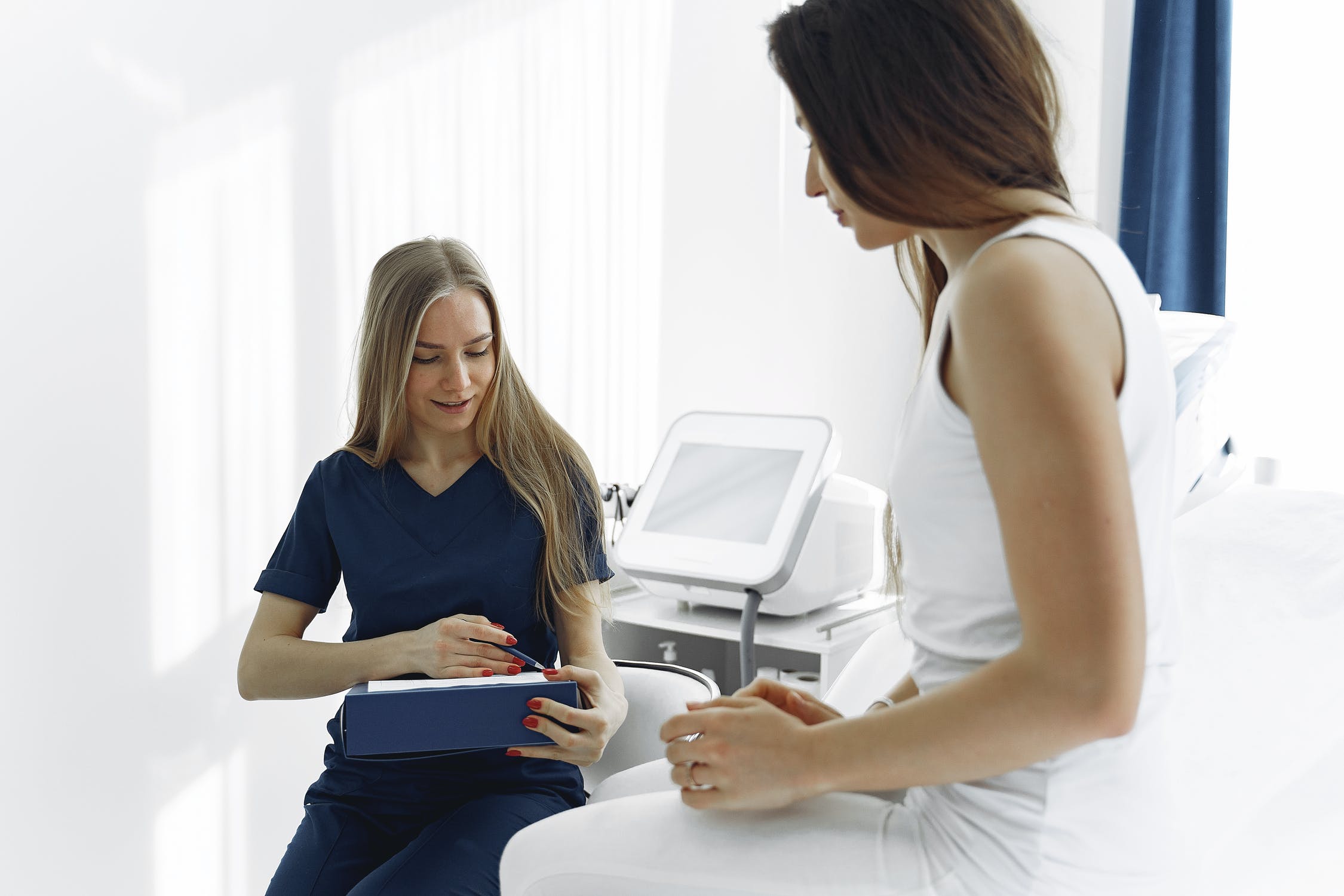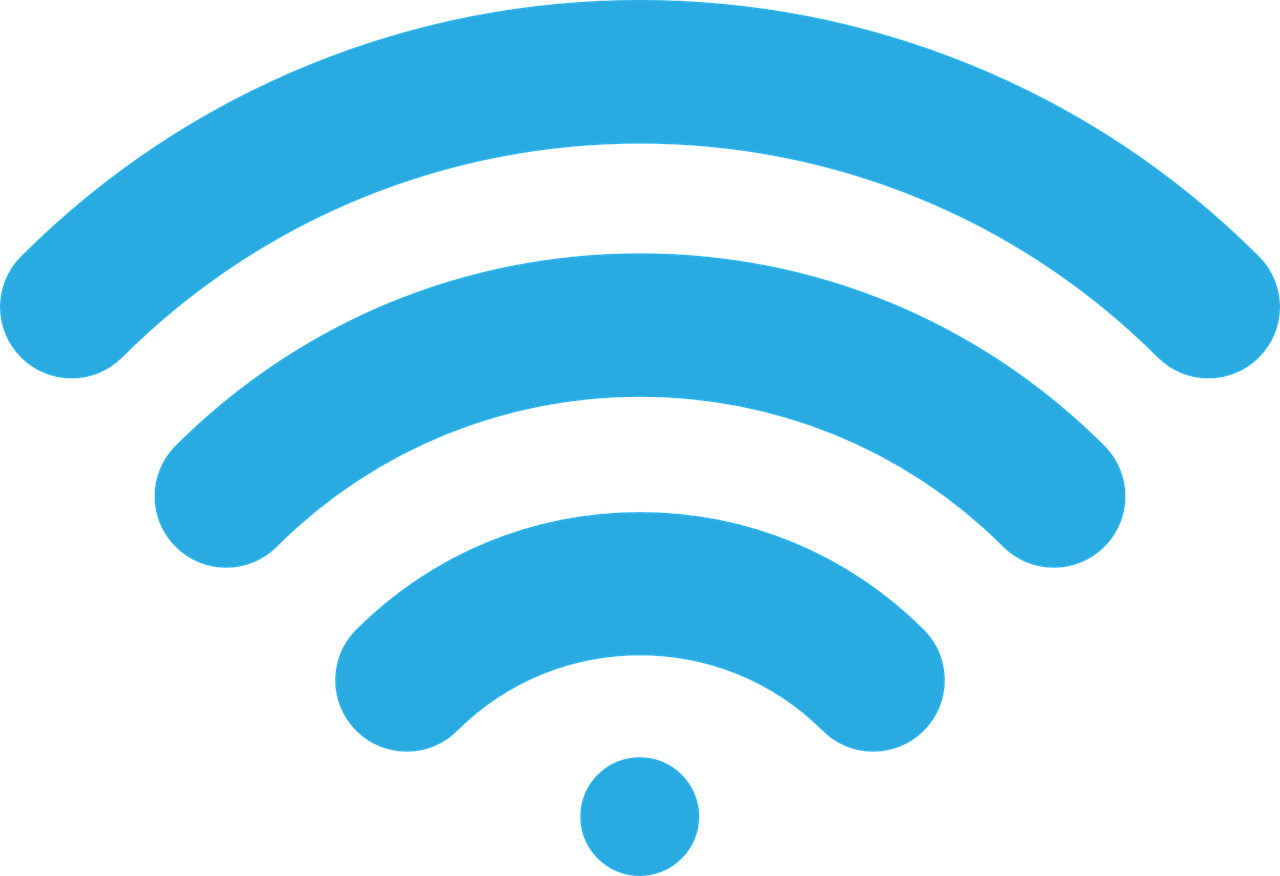


Patients were harmed as a result of medication errors on 17 occasions in the first half of this year – but efforts are underway to cut this number down.
One of the Health Department's great hopes for addressing this problem is introducing a new 'Electronic Prescribing and Medicines Administration' (EPMA) system, which should also result in savings of £250,000 a year.

Pictured: Doctors using the system will be able to prescribe from home if they need to.
In January 2020, the hospital's Sorel Ward and Theatre Recovery became the first ward to trial the EPMA system.
Rayner Ward then joined it as part of the pilot later that month, and, since then, the system has been gradually introduced step-by-step across other wards and premises.
While the project was partially delayed due to covid, the system was introduced to other medical wards getting by Christmas 2020, and surgical wards shortly after.
The maternity ward, mental health facilities at St. Saviour and Sandybrook have been the latest to embrace the technology, starting to work with the new system from around six weeks ago.

Pictured: Mr McCabe said that the system would give nurses alerts so that they would not miss giving patients a dose.
With the system expected to be launched over the next 12 months in specialist areas like paediatrics, chemotherapy and critical care, Express spoke to Chief Pharmacist Paul McCabe about how the system works and its benefits...
"In the past - a paper drug chart would sit on the clipboard end of a patients' bed. So any doctor wanting to go and prescribe medicine for a patient would have to physically go to bed, get the chart and write the prescription on there," Mr McCabe explained.
"Any nurse wanting to check if the patient was due any medicine would have to go to the chart, and check it.
"And any pharmacist when they were going around to clinically verify prescriptions would have to go around the beds to see what new medicines had been prescribed."

Pictured: The system will be linked to the hospital formulary so that any external drugs are flagged and alternative suggestions from within the formulary are made.
Now, however, Mr McCabe said: "...Doctors can just log onto the patients' medical record on the EPMA system and write a prescription, they don't have to go looking for anything.
"Pharmacists can go on and see all the new medicines that have been prescribed for patients on their ward and clinically verify them.
"The nurses can log on, not have to go around the beds, but see what patients are due medicines."
He added they also "can get alerts, so patients don't inadvertently miss patients being prescribed medicines.
"So it very much streamlines the whole process in terms fo less walking around looking for drug charts."
There have still been some incidents of mixed up medicine during the implementation of the new system - including five in January this year - but Mr McCabe said that, in the long-run, the new way of recording data would help prevent such incidents, in particular by removing "a lot of the human errors that might creep into when you're prescribing medicines."
As previously reported by Express, one such benefit is ensuring that prescriptions are legible for everyone, as doctors' notoriously messy handwriting being misread is something that could lead to an error.
More crucial than this, however, is the system's inbuilt "safety mechanism", which alerts doctors to potentially dangerous interactions between different types of medication.
"So it will flag up when medicines interact with each other at the point of prescribing, so doctors can either decide to prescribe something different or continue in the knowledge that there is an interaction there," Mr McCabe explained.
"...In the first eight weeks we had the system running in the hospital, there were about 3,000 alerts to prescribers about interactions that were acted upon."

Pictured: In the first 8 weeks of the programmes, around 3,000 alerts were given to prescribers on potential drug interactions.
He also noted that, "in the past if a doctor prescribed two medicines that worked in a similar way, just by accident, that might only get picked up when a pharmacist came to review the drug chart, so there would have been a risk that if no one else reviewed that the patient could have got administered a medicine they didn't need."
However, in the system's first eight weeks in motion, there were around 2,500 alerts relating to 'duplicate medicines', allowing staff to step in.
Mr McCabe said it was "too early" to start comparing data from before and after the system's introduction, saying that Health needed to let the system "bed in".
Three of the key metrics for measuring success will be:
Mr McCabe said they'd also be keeping an eye on formulary compliance.
"In a hospital, we have effectively a formulary of drugs we use - doctors can't go and prescribe anything they like, we have a range of drugs," he explained.
"What we can do with the prescribing system is enforce that better so where a doctor does want to prescribe a drug that's not on the formulary - and there may be a valid reasons to do that - then they should get a warning to say, 'This drug is not a formulary drug, these are the ones we suggest.'"
Doctors would then have to detail why they are "going off formulary".
Despite the system's introduction involving moving processes from paper to electronic over a period of around just three days, Mr McCabe said the first few months of the new system had gone "extremely smoothly".
When asked if there had or could be any potential challenges with the new system, Mr McCabe explained that they had studied the NHS' implementation of similar systems, and taken note of where they had fallen short - in particular, their wifi systems, which sometimes were not robust enough.

Pictured: One of the key things the team noted was the difficulties the UK had with wifi when implementing the new system.
"We spent a lot of time mapping our wifi system and upgrading our wifi system in advance so we would remove the common things which would annoy people on implementation," he said.
"So I think that's why when it went relatively smoothly - it was about people getting used to the system rather than the system crashing on them and causing all sorts of problems, them blaming the system rather than the IT infrastructure."
The cost of the project is £1.45m spread over three years, but that should result in a quarter-of-a-million of savings per year.
A Government spokesperson explained to Express that "the majority of which is accounted for by project team costs (including backfill to release key clinical staff as required), hardware costs, the upgrade of the wi-fi network across HCS and integration costs."

Pictured: Mr McCabe said they expect to save costs on stationary.
They continued: "Also included are the application costs and associated licence fees. To date, the spend is £1.03m with only paediatrics and chemotherapy left to be implemented from the original budget allocation.
"Once fully implemented, it is anticipated that savings of around £250,000 per annum will be achieved in addition to the significant quality and safety benefits which are the main reasons for the project."
In addition to time and efficiency savings, Mr McCabe also noted that it would reduce Health's spend on stationary too.
Looking ahead to the future, Mr McCabe also outlined other potential technical advances that could be supported by the system, including 'Closed Loop Medicines Administration'.
"What we then do is have electronic prescription on the screen and then we scan the patient's barcode on the identity bracelet, and then we scan the [barcode on the] pack of medicines that reconciles with the prescription and tells you that's actually the right medicine you're about to administer," he said.
They are even looking to link this technology to electronic storage cabinets, so that staff would go to the storage cabinet, pull a prescription out of the system, and give it to the cabinet which would then open, to further prevent selection errors.
Despite these ambitions for the future, Mr McCabe added that in certain areas, the use of paper was still unavoidable, saying that this initiative was "the first stage of going 'paper-lite' rather than paperless."

Pictured: Mr McCabe said they would be going "paper-lite" rather than paperless at the moment.
He said this was because there were still complex areas of medicine where dose changes and titrations depending on factors like blood pressure were difficult to incorporate into a system like the EPMA.
One example of this is palliative care, "when people are on lots of combinations of medicines to manage systems."
"So we probably will still have paper charts for some aspects of prescribing for a while longer," he said, though added that the aim was ultimately "to become as paper-free as possible."
"...I can see that at some point that will be achievable, but I don't think that's going to be for the next few years."
A major system upgrade is scheduled for October after which they will launch the system in paediatrics in November followed by outpatients and cancer services in the first half of 2022.
Comments
Comments on this story express the views of the commentator only, not Bailiwick Publishing. We are unable to guarantee the accuracy of any of those comments.